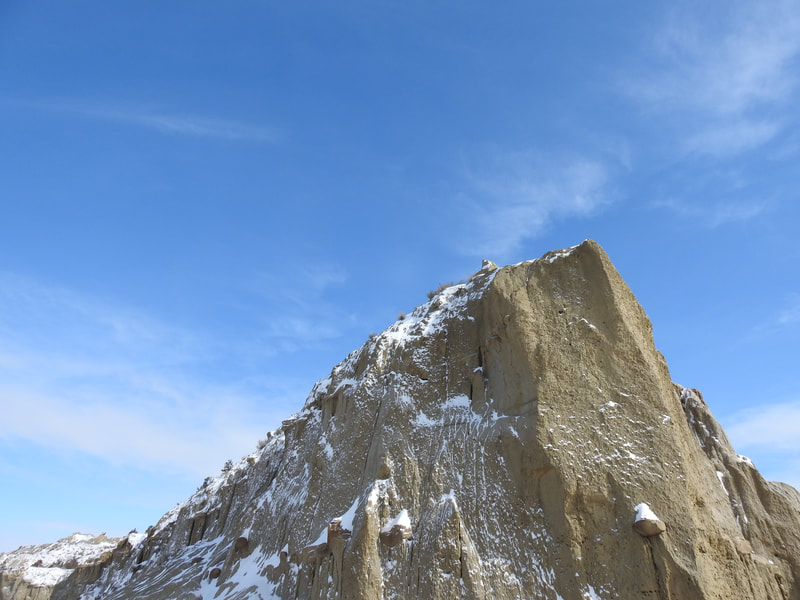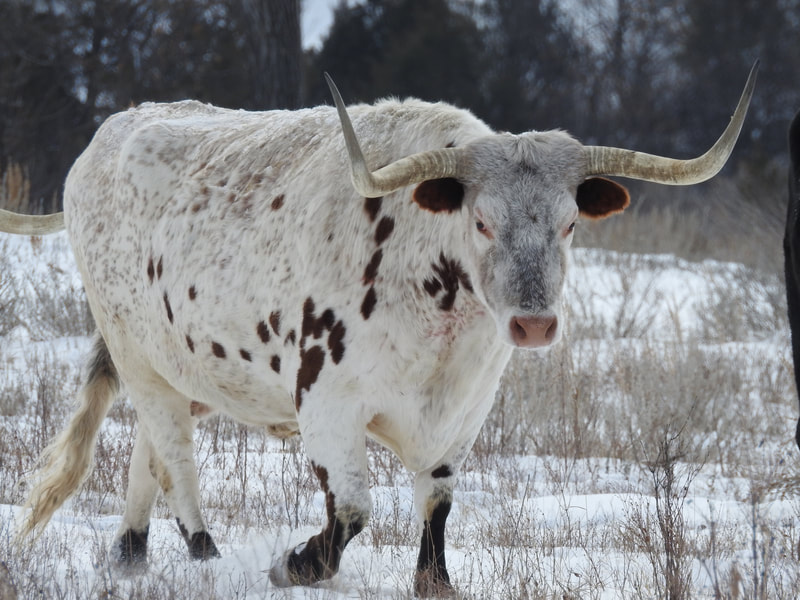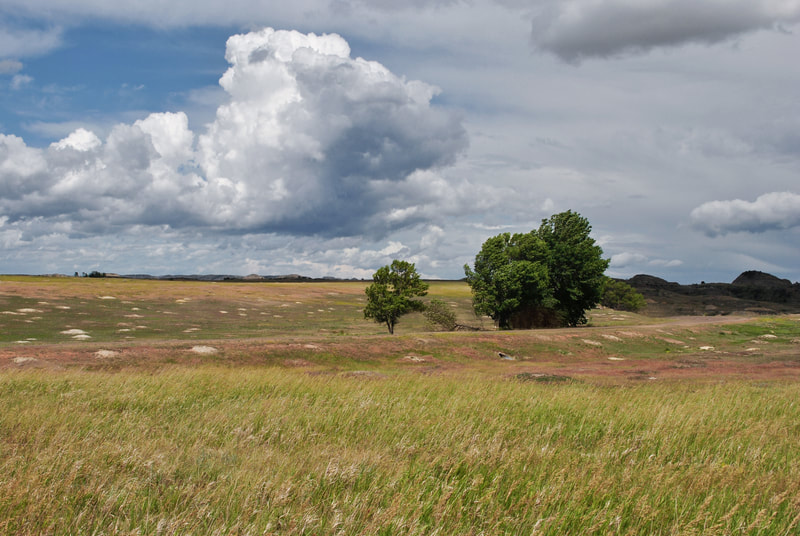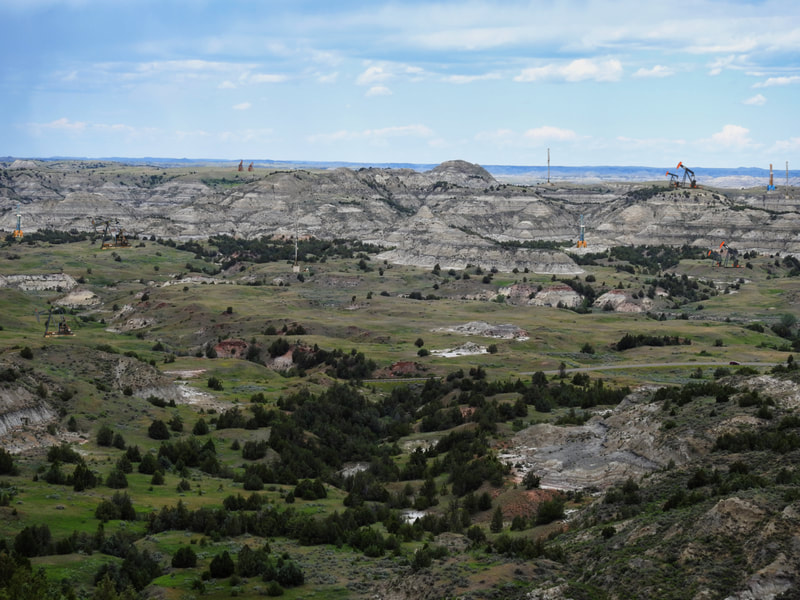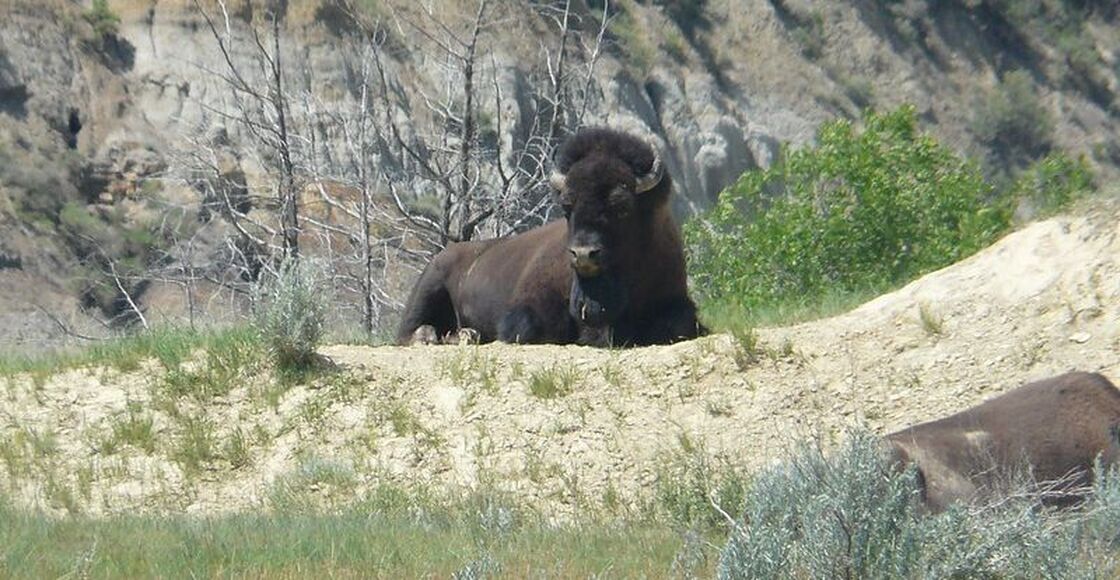Theodore Roosevelt National Park
Research to Inform Visitor Use Management Planning at Theodore Roosevelt National Park.
Description:
This research project is designed to inform visitor use management at Theodore Roosevelt National Park (THRO) and provide information to guide future park focus areas, priorities, and actions pertaining to visitor use and experience. The work outlined in this Statement of Interest (SOI) is guided by the steps and principles in the Interagency Visitor Use Management Framework that identifies the interdependent relationships between resource conditions, visitor experiences, and management responses as a strategic area of focus (VUM, 2016).
Objectives:
The results of this project provide information that is assisting THRO managers to a) develop a visitor use management plan, b) maintain desired spatial-temporal distribution conditions while simultaneously ensuring the quality of the visitor experience, c) forecast for infrastructure and facility improvements, and d) engage nearby communities in the process.
To achieve these results, this research has five key objectives:
To achieve these results, this research has five key objectives:
- Identify current and desired spatial-temporal distributions of visitor use at THRO, including how facilities, amenities, and communities are visited and utilized.
- Assess experiential impacts associated with visitor use, including but not limited to visual impacts from nearby oil and gas, night sky viewing, crowding, visitor conflict, and determining if visitors’ expectations are being achieved.
- Identify current and desired ecological, experiential, and managerial conditions to best achieve the Park’s purpose, significance, resources, and values.
- Identify suitable visitor uses, facilities, services, and management actions that may mitigate impacts and facilitate desired conditions, including a visitor facilities review.
- Understand nearby communities’ relationship with the park and how nearby communities may be used to help influence quality visitor experiences, advance park goals, and develop and leverage partnerships.
Collaborators:
- Kansas State University
- University of Utah
- U.S. National Park Service
